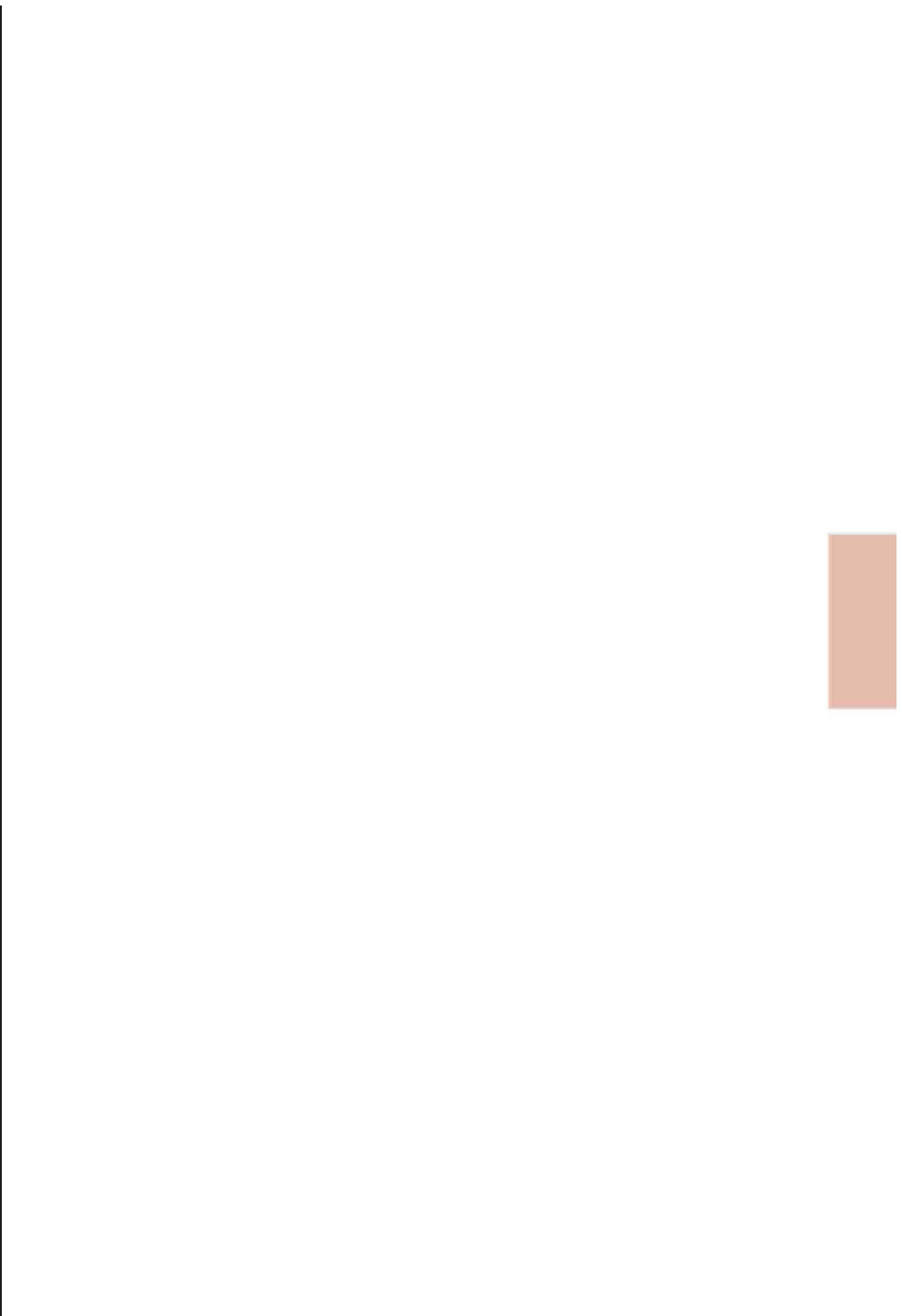Travel Reference
In-Depth Information
Home to more than a quarter of
Chile's population, the capital is crowded
but easy to navigate with a clean and
efficient metro system. And even if the
city itself fails to impress, Santiago is an
excellent base from which to explore,
with world-class ski resorts, sun-kissed
beaches and beautiful vineyards all within
easy reach.
Mercado Central and La Vega
By the south bank of Río Mapocho lies the
lively
Mercado Central
(daily 6am-4pm),
a mass of stalls spilling over with wondrous
fish and seafood, dotted with busy little
marisquerías
whose delicious smells draw
crowds of customers at lunchtime. All of
this is gathered inside an elaborate metal
structure prefabricated in Birmingham,
England, and erected in Santiago in 1868.
Cross the Río Mapocho and you reach
La Vega
(daily: roughly 6am-5pm), an
enormous roofed market surrounded by
outdoor stalls, selling all kinds of fresh
produce, with fruit and vegetables at
rock-bottom prices. La Vega is full of local
character, giving you a glimpse of “real”
Santiago: fragrant, pungent and chaotic. It
is also the best place in town to grab a giant
fruit smoothie, as well as excellent seafood.
WHAT TO SEE AND DO
Downtown Santiago is loosely bordered
by the
Río Mapocho
to the north, and
the central thoroughfare of Avenida
Libertador Bernado O'Higgins -
commonly known as
La Alameda
- to the
south. The city's accommodation and
most inviting
barrios
are all a short
distance from this central section.
Bohemian
Barrio Lastarria
is home to
a wealth of art museums and characterful
boutique shops. North of the river,
Barrio Bellavista
offers trendy cafés as
well as the city's best viewpoint at
Cerro San Cristóbal
. In the west,
down-to-earth
Barrio Brasil
and
Barrio
Yungay
are home to many budget hostels
and good restaurants, while out east,
upmarket Providencia and plush Las
Condes make up in shopping malls what
they lack in character.
Museo Chileno de Arte Precolombino
The excellent
Museo Chileno de Arte
Precolombino
(Tues-Sun 10am-6pm;
CH$3000, guided tours must be
pre-booked, call
T
2 29281522,
W
4
museoprecolombino.cl), at Bandera
361, is housed in the elegant late-colonial
Real Casa de Aduana (Royal Customs
House, 1807). The unparalleled
collection of pre-Columbian artefacts
spans a time period of around ten
thousand years and covers the whole of
Latin America, from Mexico down to the
south of Chile. More than 1500 examples
of pottery, finely woven textiles and
jewellery are on display, including
permanent collections from the Andes,
Mesoamerica, the Amazon and the
Caribbean, and there are outstanding
temporary exhibitions. Currently closed
for renovation, the museum is due to
reopen towards the end of 2013.
Plaza de Armas
Pedro de Valdivia, the city's founder,
intended the lush tree-studded
Plaza de
Armas
to be the epicentre of Chile,
surrounding it with splendid colonial
architecture. The oldest building on the
west side of the plaza is the
Catedral
Metropolitana
(1748), its Neoclassical
facade designed by the Italian architect
Joaquín Toesca. To the north is the
Palacio de la Real Audiencia
(1804),
housing the Museo Histórico Nacional,
and the
Correo Central
. A lively gathering
point since the mid-1800s, the plaza's
flower gardens and the fountain in the
centre honouring Simón Bolívar attract
a multitude of chess players, mimes,
buskers, vagrants, stray dogs, soap-box
preachers, strolling families and
giggling children, making the square
an ideal place to linger on a bench
and people-watch.
La Moneda
he restored
Palacio de la Moneda
,
on the large
Plaza de la Constitución
,
is the presidential palace and site of the
dramatic siege that brought Pinochet to
power on September 11, 1973, and led to
the death of President Salvador Allende.
A wide, squat Neoclassical construction,
originally built to house the Royal Mint,
the palace stages an elaborate
changing of





































Search WWH ::

Custom Search